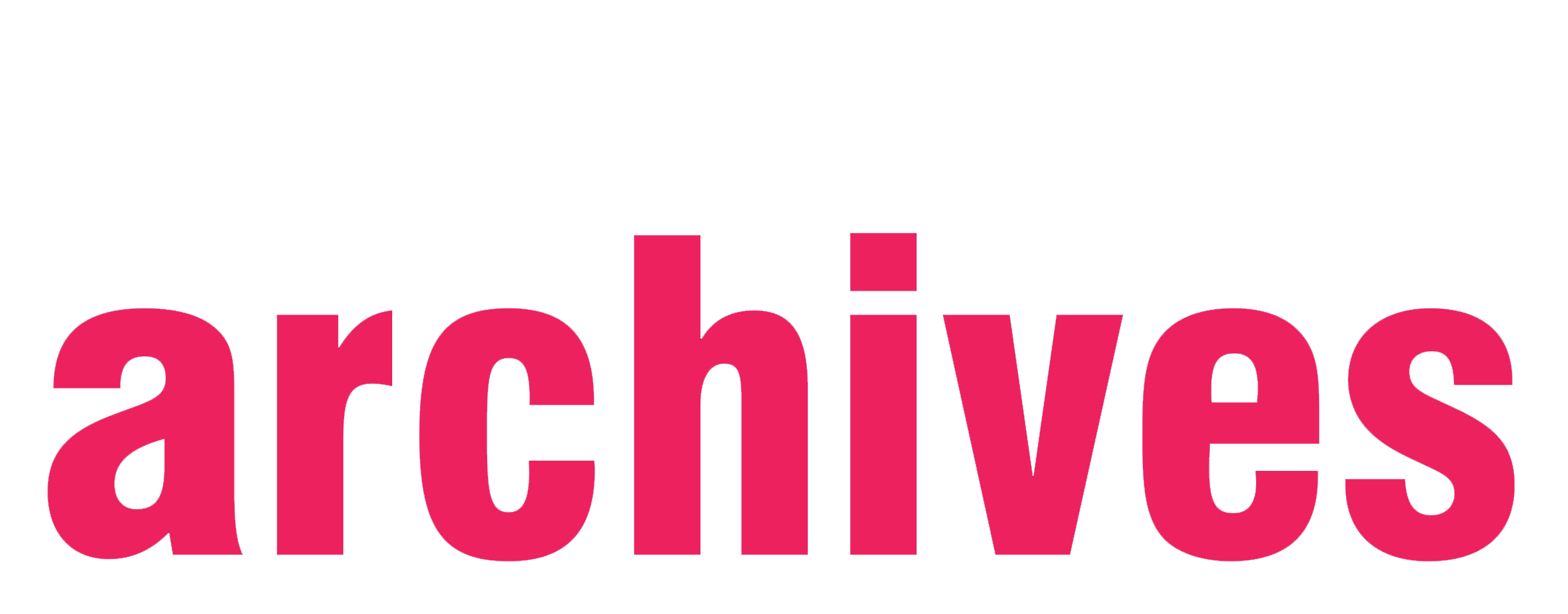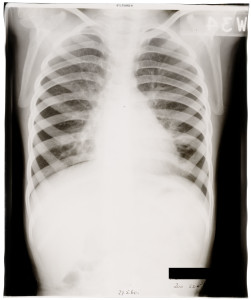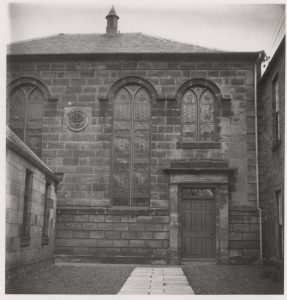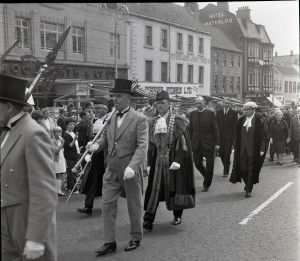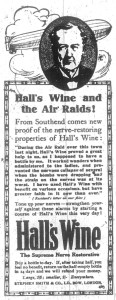BERWICK ADVERTISER, 11 JUNE 1915
BERWICK AMATEUR ATHLETIC CLUB
Proposed Benefit Race to help Patriotic Funds
A special general meeting of the members of the Berwick Amateur Athletic Club was held in the Red Lion Hotel on Friday evening to decide whether or not sports should be held this year, also to discuss the amount of subscriptions to be collected, and for any other competent business.
Councillor Darling presided, and it was explained at the outset that there had been no sports meeting held this season anywhere except in London and Manchester, and these were conducted by the military.
The Chairman said he did not think it was at all possible this year to hold sports. The only thing they could do as a club was to follow the example of other centres, and get up some kind of a meeting for the soldiers, such as a harriers’ race. He moved that they do not hold sports this year.
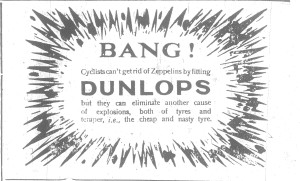
INTERESTING LETTERS FROM A BERWICK CORPORAL
Writing to his brother in Newcastle, Corporal C. N. Noble, 7th N.F., sends the following interesting communications from the Front:-
“Many days have passed since we received our baptism of fire. It took place when we passed through at midnight a certain village which has been famous in this war. The shells were flying round us, and I may say we felt a bit queer. It was a weird and uncanny experience passing through this dead city which had been incessantly bombarded night after night for weeks by the Germans. Our first engagement took place the next morning and lasted for about half the day, when we had a few killed and wounded. The following day we took part in a big engagement. We received a great deal of praise for our conduct that day. It was a terrible experience going through the hail of maxim bullets and “Johnsons,” but the Battalion displayed remarkable steadiness.
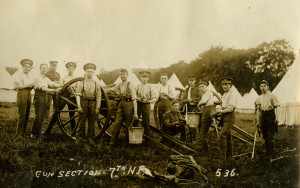
Ref: BRO 2098-001
I received your letter of the 25th April. I replied before this, but it was too much for the Censor. We were never down at that place where the imposing sights are, but, as you will know, we have had it hot – aye, too hot. We were addressed by the famous warrior, Sir John French, the other morning. He spoke in terms of the highest praise for the important part we took in the recent big engagement. I met J. Dixon (Rangers) and Borthwick of the Royal Engineers (once with Caverhill, blacksmith), and a few others whom you know well.
Some days have passed since I wrote to you. We are now under covering fire, and fraternising with some —–, a battalion of which has come amongst us. The guns are fairly speaking but we are now quite accustomed to these noisy instruments of war. We are having a fine time and enjoying the experience immensely. You might let me know how the war is getting on, and be sure to mention the result of the cup final.
By the way, while passing through England, I was much impressed with the beautiful city of Lincoln. Our young friend, Harry Mangham should feel proud of his native-place. The cathedral is a fine building.
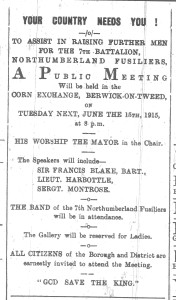
May 20th. –
In due course I received the parcel of clothing all right, and your letter of the 10th. Many thanks. You were mentioning about Alick. I am grieved to say that he has been missing since our big engagement on the Monday. I would have informed you sooner, but we are not allowed to mention anything until the lapse of so many days. I had hopes that he might write from some hospital if he had been wounded. However, I would not give up hope, because if the worst had happened his identification disc and pay-book would have come in. Stragglers are still coming in who lost the battlion (sic) that day, and have been with other regiments in the interval. So I am still living in hope that he may return any day. I would have replied sooner, but we went up into the trenches for three days immediately after I received your communique. We were just about washed out with the rain the first day, but it turned out fine afterwards, and the sun shone resplendent over the beautiful landscape. The heat was intense in more ways than one. Give my regards to all my Newcastle friends.
ITEMS OF INTEREST
An interesting story of a lost photograph comes from “somewhere in France.” A local hero serving with the Northumberland Fusiliers had the misfortune to lose on the field of battle in Flanders, a photograph of a lady friend. This was found by another Newcastle soldier, who enclosed it when writing home to his parents. They, in return, recognising the photograph, forwarded it to the relatives of the owner, who resides in Newcastle.
